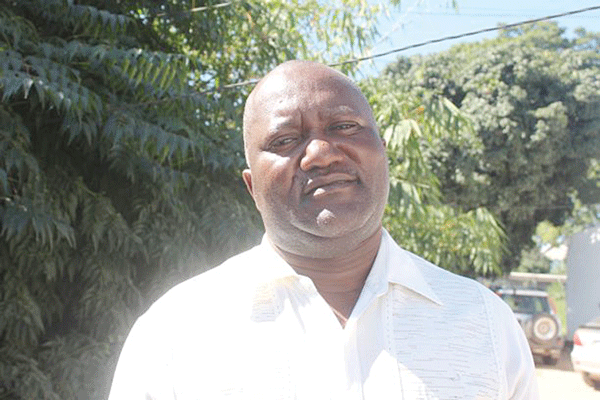
BY TATENDA CHITAGU
An estimated 138 239 people are living with HIV and Aids (PLWHIV) in Masvingo province, the majority being adults, according to statistics availed during the World Aids Day commemorations at Mucheke Stadium on Sunday.
There are 1 486 604 people in the province, according to the last population census.
In his welcome remarks at the event, Masvingo Provincial Affairs minister Ezra Chadzamira said Chiredzi had the highest HIV prevalence rate because of sugarcane farming.
“Recent HIV estimates show that Masvingo has an HIV prevalence of 12,4%. This gives us an estimated 138 239 people living with HIV and Aids, of which 126 703 are adults and 11 536 are children. The HIV incidence is estimated at 0,55% with Chiredzi accounting for 27% of new HIV infections,” he said.
“Masvingo province is the hub of highly mechanised sugarcane farming, some mining activities and tourist attractions. We have lots of informal sector activities especially around mining. The province also has numerous tertiary institutions.”
Of those PLWHIV, 125 051 are on antiretroviral therapy. These comprise 117 494 adults and 7 557 adults.
Chadzamira said some of the statistics could have been imported into the province from other areas since Masvingo is a transit town equidistant to many cities.
- Chamisa under fire over US$120K donation
- Mavhunga puts DeMbare into Chibuku quarterfinals
- Pension funds bet on Cabora Bassa oilfields
- Councils defy govt fire tender directive
Keep Reading
“Thousands pass through our province as we are located at the cross highways from Harare to South Africa and Mutare to Bulawayo. These circumstances, while central to the Transitional Stabilisation Programme, naturally increase the risk and exposure to HIV and Aids and in addition put a strain to service delivery, sometimes resulting in major service gaps” he said.
Chadzamira said the province was scaling up HIV and Aids prevention and treatment interventions to address access and coverage challenges as well as meet the goal of combating new HIV and Aids infections by 2030.











